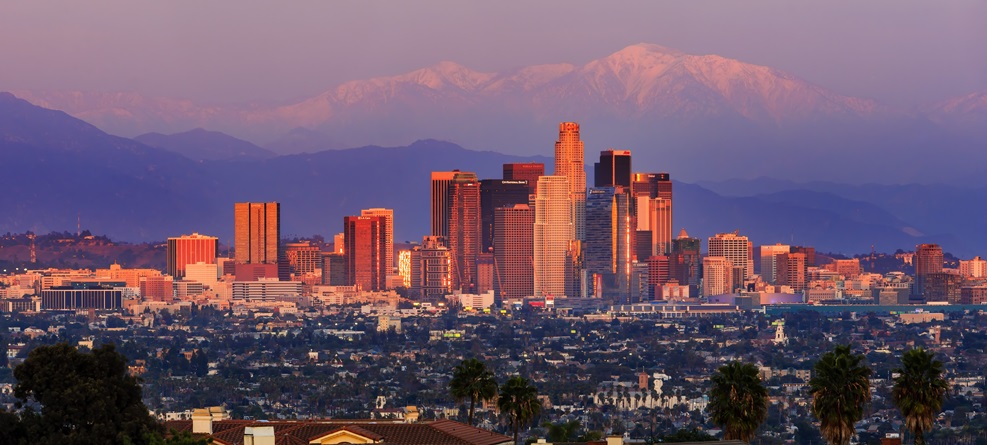For a good example of the ultra-reliable “3Re” revitalization strategy at work, one needs look no further than downtown Los Angeles, California.
The downtown was little more than a sleepy office district not too long ago, where tens of thousands of suburbanites would clear out by the end of the workday and scores of classic Beaux-Arts and Art Deco buildings sat vacant or underutilized.
Today, cranes dot the skyline and construction routinely diverts traffic as Downtown Los Angeles—a neighborhood known as DTLA—undergoes the biggest development boom since the Roaring Twenties, when the area was then the center of the entertainment industry.
As the city prepares for the 2028 Summer Olympics, a spate of new apartments, hotel rooms and retail and office space is steadily coming online throughout the 5.84-square-mile downtown area.
Existing structures are being recycled, and the city’s public transit system is being expanded and improved. But as development grows, city officials are facing criticism over a lack of affordable housing.
“Downtown was L.A. in the early 20th century until the suburbanization and auto culture hit L.A.,” after World War II, said Nick Griffin, executive director of the Downtown Center Business Improvement District (BID).
The BID was formed in the late 1990s just as a resurgent interest in urban life was taking shape across the country. Looking to meet a growing demand for housing and commercial expansion, local planners and businesses set out to revive the district and its celebrated past, maintaining that a strong core would benefit all of Los Angeles as well as the entire region.
The redevelopment extends to civic and cultural projects, including the Metro Regional Connector, a 1.9-mile light rail extension through the heart of downtown, and the replacement of the arched Sixth Street Viaduct. The Los Angeles Convention Center is getting an overhaul, too.
Older buildings are also being repurposed at a rapid clip, enticing many businesses and institutions to plant roots downtown.
The Warner Music Group is relocating to the old Ford Factory, and Arizona State University is leasing 80,000 square feet in the restored Herald Examiner Building, built in 1914. And technology companies like Spotify and the online coupon company Honey have opened office space.
Photo via Adobe Stock.
See full article (from which this was excerpted/edited) by Vivian Marino in the New York Times.

